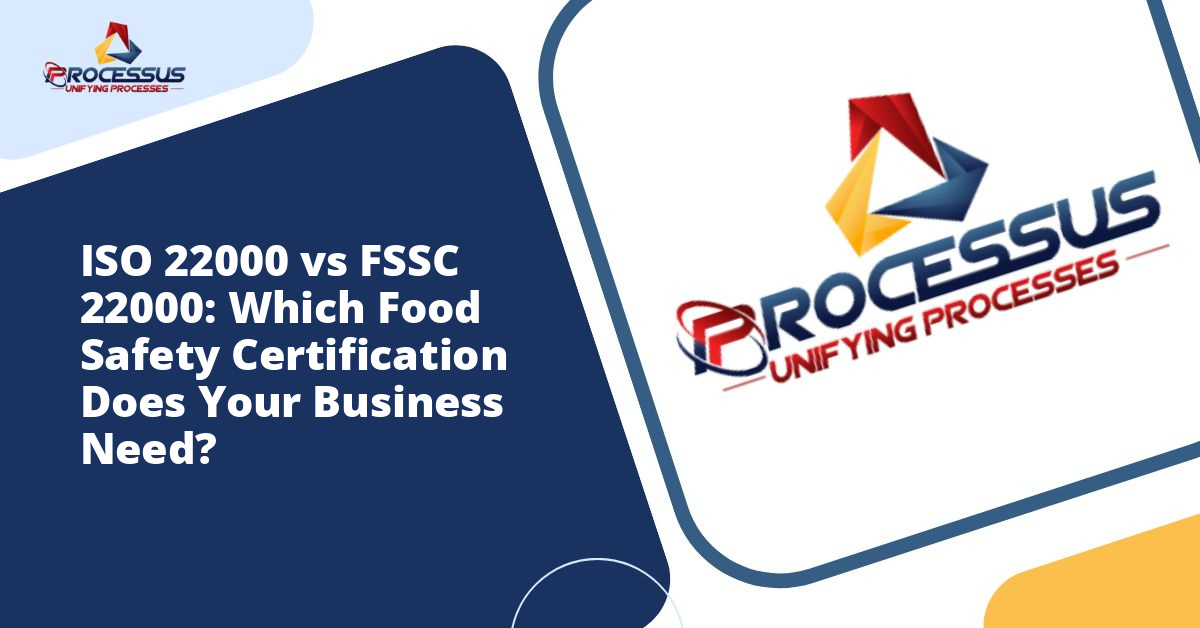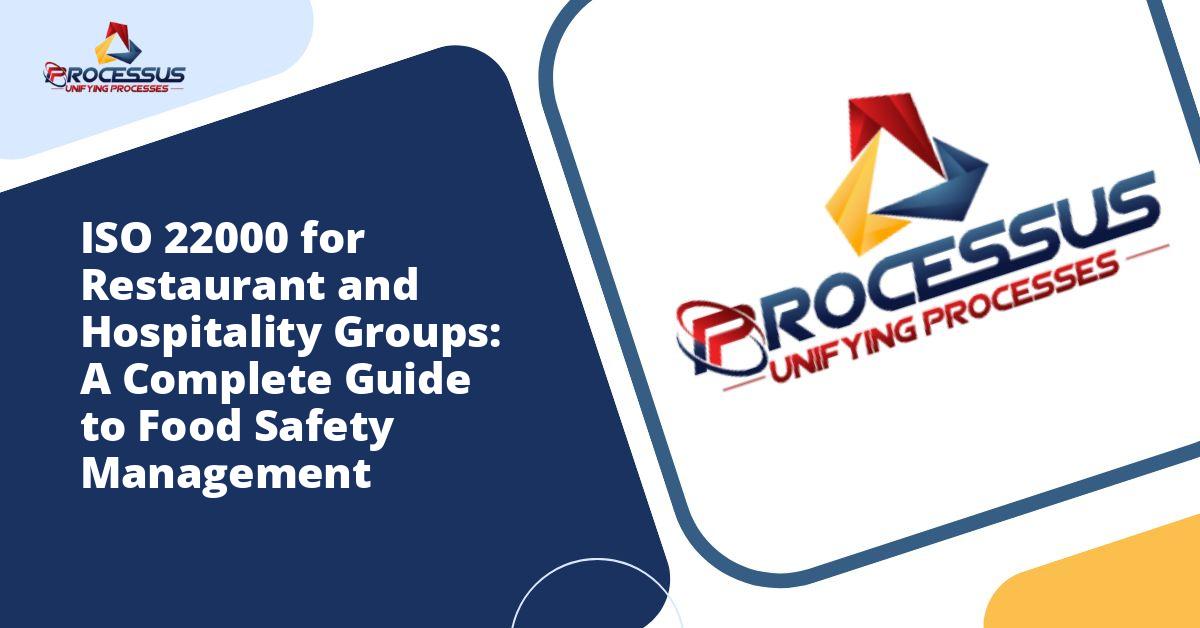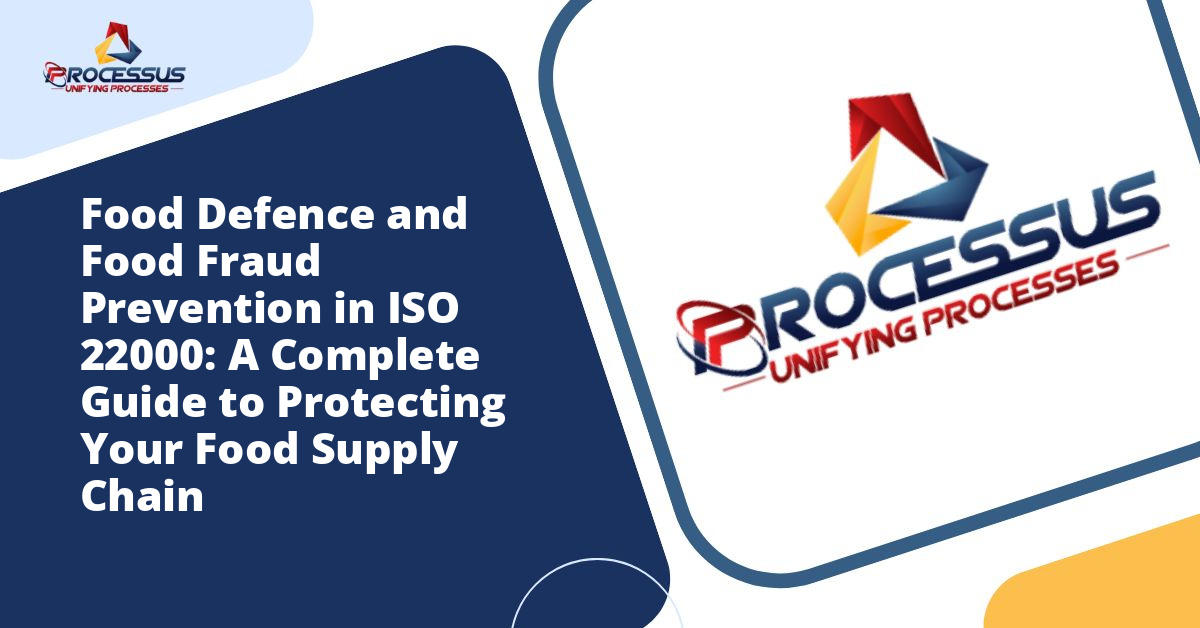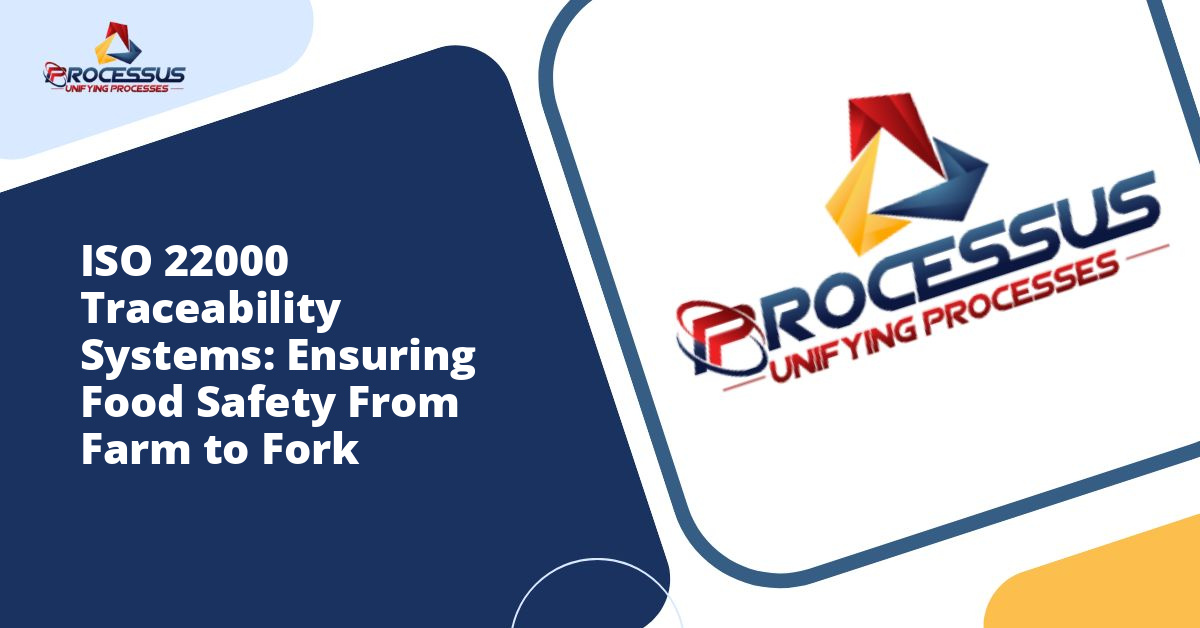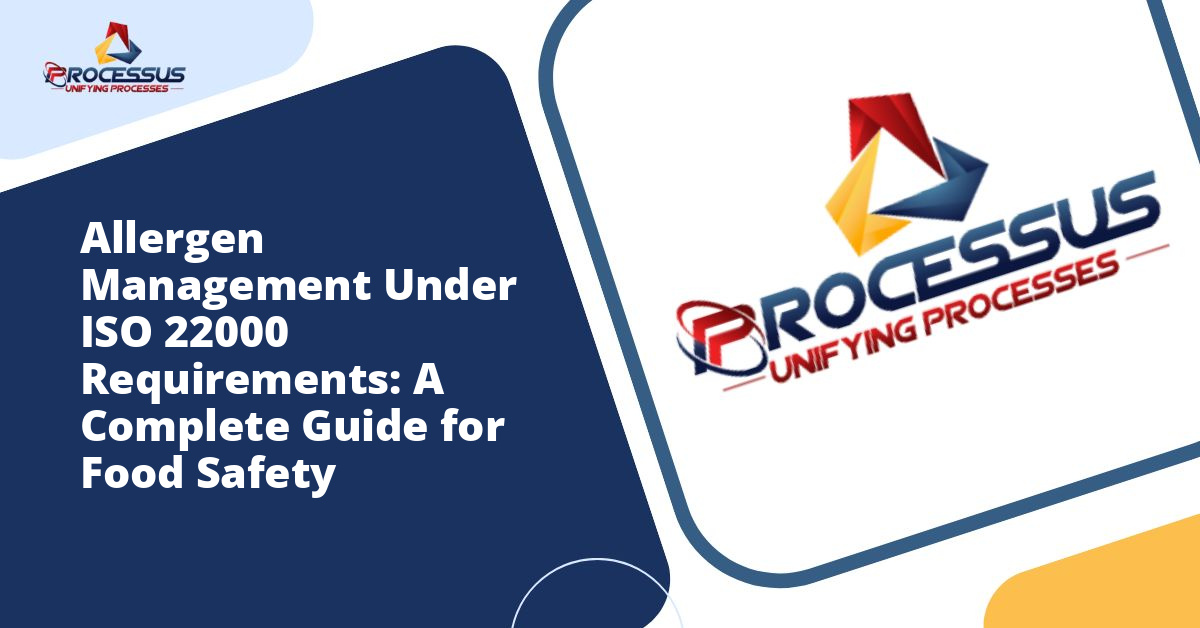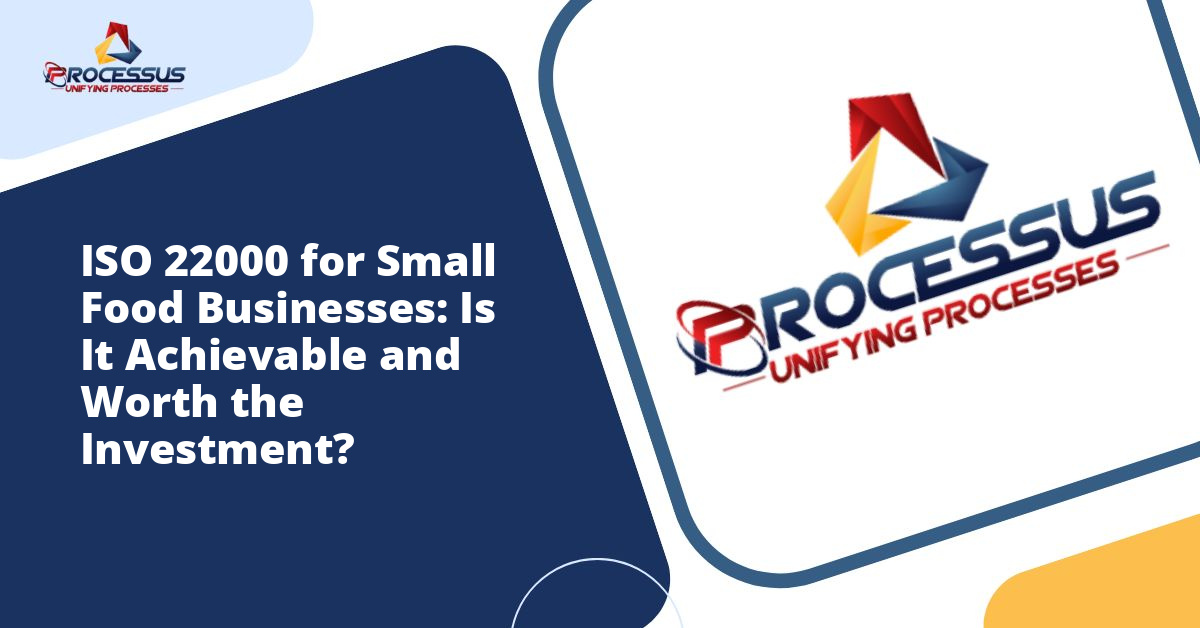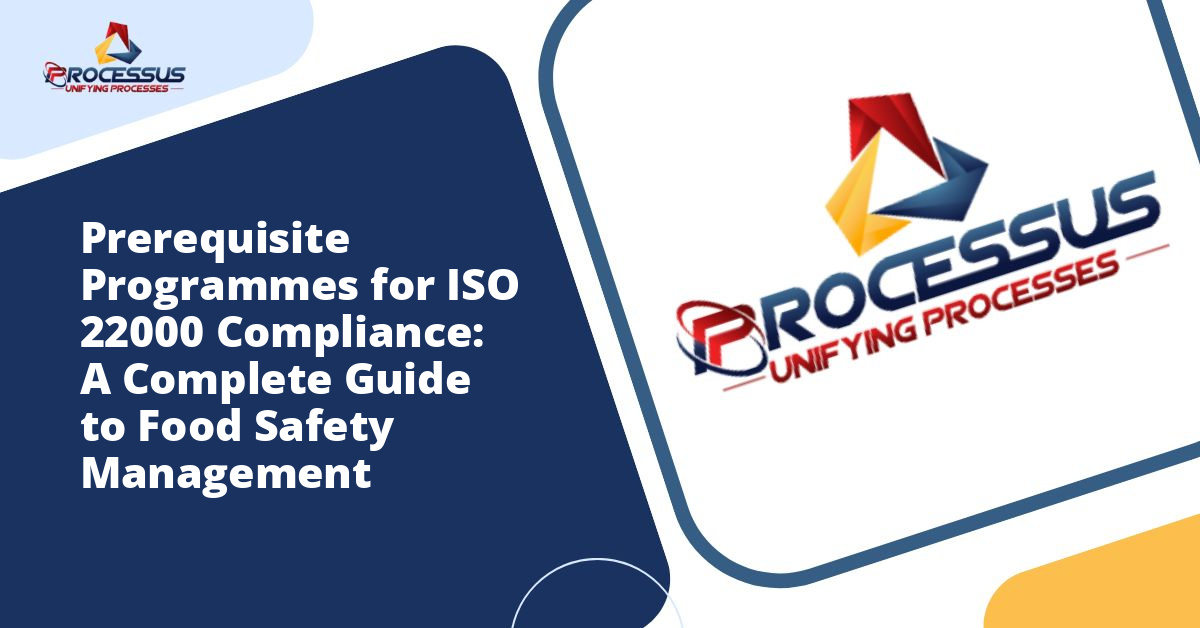Food safety has become one of the most critical concerns for businesses operating in the food industry. Whether you are a manufacturer, processor, distributor, or retailer, implementing robust food safety management systems is no longer optional but essential. Among the various certifications available, ISO 22000 and FSSC 22000 stand out as two leading standards that help organizations demonstrate their commitment to food safety. However, choosing between these two certifications can be challenging, especially when both appear similar at first glance.
This comprehensive guide will explore the differences, similarities, benefits, and requirements of ISO 22000 and FSSC 22000 certifications. By the end of this article, you will have a clear understanding of which certification best suits your business needs and how each can contribute to your organization’s success in the competitive food industry. You might also enjoy reading about ISO 22000:2018 Implementation Roadmap for Food Manufacturers: A Complete Guide to Food Safety Excellence.
Understanding ISO 22000 Certification
ISO 22000 is an internationally recognized standard developed by the International Organization for Standardization (ISO). Published first in 2005 and updated in 2018, this standard specifies requirements for a food safety management system (FSMS) that combines several key elements to ensure food safety throughout the entire food chain. You might also enjoy reading about HACCP Principles Within ISO 22000: A Complete Integration Guide for Food Safety Excellence.
The standard applies to all organizations involved in the food chain, regardless of their size or position in the food supply network. This includes businesses engaged in farming, food processing, food manufacturing, transportation, storage, distribution, retail, and food service operations. Even organizations that provide equipment, packaging materials, cleaning agents, additives, and ingredients fall under the scope of ISO 22000.
Key Components of ISO 22000
ISO 22000 integrates several essential elements that work together to create a comprehensive food safety management system:
- Interactive Communication: The standard emphasizes communication throughout the food chain to ensure that all relevant food safety hazards are identified and adequately controlled at each step.
- System Management: ISO 22000 incorporates the most effective system management principles, integrating them with HACCP (Hazard Analysis and Critical Control Points) principles.
- Prerequisite Programs: These are basic conditions and activities necessary to maintain a hygienic environment throughout the food chain.
- HACCP Principles: The standard incorporates all seven HACCP principles as recognized by the Codex Alimentarius Commission.
Benefits of ISO 22000 Certification
Organizations that implement ISO 22000 can expect numerous advantages that extend beyond simple compliance. The certification provides a framework that helps businesses identify potential hazards before they become problems, thereby protecting consumers and the brand reputation. Companies also experience improved operational efficiency as the systematic approach eliminates redundancies and streamlines processes.
Furthermore, ISO 22000 certification enhances market access, as many retailers and distributors now require their suppliers to hold recognized food safety certifications. The standard also demonstrates due diligence, which can be valuable in legal situations. Perhaps most importantly, it builds consumer confidence by showing a genuine commitment to producing safe food products.
Understanding FSSC 22000 Certification
FSSC 22000 (Food Safety System Certification 22000) takes a different approach to food safety management. Developed by the Foundation for Food Safety Certification, FSSC 22000 is a complete certification scheme that builds upon ISO 22000 by adding additional technical specifications and requirements.
FSSC 22000 is recognized by the Global Food Safety Initiative (GFSI), which is a crucial distinction. The GFSI is a collaboration between leading food safety experts from retailers, manufacturers, and food service companies worldwide. Their recognition means that FSSC 22000 meets the highest global benchmarks for food safety management systems.
Components of FSSC 22000
FSSC 22000 consists of several integrated components that work together to create a more comprehensive certification scheme:
- ISO 22000 Requirements: The foundation of FSSC 22000 is the full ISO 22000 standard, meaning all ISO 22000 requirements must be met.
- Technical Specifications: Additional technical requirements specific to different food industry sectors, including food manufacturing, animal feed production, food packaging manufacturing, and biochemical manufacturing.
- Additional FSSC 22000 Requirements: Extra requirements covering aspects such as product labeling, food defense, food fraud mitigation, allergen management, and environmental monitoring.
- GFSI Benchmarking: The scheme is benchmarked against GFSI requirements, ensuring it meets global industry expectations.
Benefits of FSSC 22000 Certification
FSSC 22000 certification offers all the benefits of ISO 22000 plus additional advantages. The GFSI recognition is particularly valuable, as many major retailers and brand owners require their suppliers to hold GFSI-recognized certifications. This single certification can open doors to multiple markets and customers who might otherwise require separate audits.
The scheme also provides more specific guidance for different industry sectors, making implementation more straightforward for businesses. Companies benefit from reduced audit fatigue, as one FSSC 22000 audit can satisfy multiple customer requirements. The comprehensive nature of FSSC 22000 also addresses emerging concerns in food safety, including food fraud and food defense, which are increasingly important in today’s global supply chains.
Comparing ISO 22000 and FSSC 22000
While both certifications focus on food safety management, several important differences distinguish them from each other. Understanding these differences is essential for making an informed decision about which certification to pursue.
Scope and Recognition
ISO 22000 is an international standard applicable to any organization in the food chain. It provides a framework that companies can implement according to their specific needs and circumstances. However, it is not benchmarked by the GFSI, which means some customers or markets may not accept it as sufficient.
FSSC 22000, on the other hand, is a complete certification scheme with GFSI recognition. This recognition is crucial for suppliers looking to work with major retailers and food service companies that require GFSI-benchmarked standards. The GFSI recognition essentially provides global acceptance and eliminates the need for multiple customer audits.
Technical Requirements
ISO 22000 provides general requirements that apply across the food chain. While comprehensive, it allows for significant flexibility in how organizations implement the standard. Companies must develop their own prerequisite programs based on their specific operations.
FSSC 22000 builds upon ISO 22000 by adding sector-specific technical specifications. These additional requirements provide more detailed guidance on prerequisite programs tailored to specific industry categories. For example, food manufacturers follow different technical specifications than food packaging manufacturers or animal feed producers. This specificity makes compliance clearer but also more stringent.
Additional Requirements
ISO 22000 focuses primarily on traditional food safety management elements, including HACCP principles, prerequisite programs, and system management. While comprehensive, it may not explicitly address some emerging concerns in food safety.
FSSC 22000 includes additional requirements beyond ISO 22000, addressing contemporary issues such as food defense, food fraud mitigation, allergen management, product labeling requirements, and environmental monitoring. These additions reflect evolving concerns in the global food industry and provide more comprehensive protection against both traditional and emerging threats to food safety.
Certification Process
The certification process for ISO 22000 involves selecting an accredited certification body, implementing the standard’s requirements, conducting an internal audit, and then undergoing a certification audit. The process is relatively straightforward, and many certification bodies worldwide can provide ISO 22000 certification.
FSSC 22000 certification requires accredited certification bodies specifically licensed by the Foundation for Food Safety Certification. The process is more rigorous, with auditors examining compliance with ISO 22000, sector-specific technical specifications, and additional FSSC 22000 requirements. While more demanding, this rigor ensures consistency and credibility across all FSSC 22000 certificates worldwide.
Which Certification Does Your Business Need?
Choosing between ISO 22000 and FSSC 22000 depends on several factors specific to your business situation. There is no universally correct answer, as the optimal choice varies based on your industry sector, customer requirements, business goals, and available resources.
Consider ISO 22000 If:
Your business may benefit most from ISO 22000 certification in several scenarios. If you are new to formal food safety management systems and want to establish a solid foundation before pursuing more rigorous certifications, ISO 22000 provides an excellent starting point. The standard offers flexibility that can be particularly valuable for smaller organizations or those with unique operational characteristics.
ISO 22000 is also suitable if your customers do not specifically require GFSI recognition or if you primarily serve markets where ISO 22000 is widely accepted. Additionally, if your organization operates in a food chain segment not covered by FSSC 22000 sector-specific categories, ISO 22000 might be the more appropriate choice.
Companies looking for a cost-effective certification that still provides international recognition and credibility may also prefer ISO 22000. The certification demonstrates commitment to food safety without the additional requirements and costs associated with FSSC 22000.
Consider FSSC 22000 If:
FSSC 22000 is likely the better choice if your business supplies major retailers, brand owners, or food service companies that require GFSI-benchmarked certifications. Many large organizations have policies stating that suppliers must hold GFSI-recognized certifications, making FSSC 22000 essential for market access.
If you operate in food manufacturing, animal feed production, food packaging manufacturing, or biochemical manufacturing, FSSC 22000 provides sector-specific guidance that can make implementation more straightforward. The detailed technical specifications eliminate guesswork about prerequisite program requirements.
Companies looking to demonstrate the highest level of commitment to food safety, including protection against food fraud and food defense threats, should strongly consider FSSC 22000. The comprehensive nature of this certification addresses both traditional and emerging food safety concerns.
Organizations seeking to reduce audit fatigue by satisfying multiple customer requirements with a single certification will find FSSC 22000 particularly valuable. The GFSI recognition means that most customers will accept FSSC 22000 without requiring additional audits.
Implementation Considerations
Regardless of which certification you choose, successful implementation requires careful planning, adequate resources, and organizational commitment. Both ISO 22000 and FSSC 22000 represent significant undertakings that will affect multiple aspects of your operations.
Resource Requirements
Implementing either standard requires dedicating human resources, time, and financial investment. You will need a project team with appropriate food safety knowledge, management support, and buy-in from all levels of the organization. External consultants can be valuable, especially if internal expertise is limited, but they cannot replace the need for engaged internal champions.
FSSC 22000 typically requires more resources than ISO 22000 due to its additional requirements and more rigorous audit process. However, the investment often pays off through improved market access and reduced need for multiple customer audits.
Timeline Expectations
The time required to achieve certification varies based on your organization’s current state. If you already have some food safety systems in place, such as HACCP or other quality management systems, the timeline will be shorter. Organizations starting from scratch should expect the process to take anywhere from six months to over a year.
ISO 22000 certification typically has a shorter timeline than FSSC 22000, primarily because fewer requirements must be addressed. However, rushing implementation is never advisable, as both certifications require genuine cultural change and system integration to be effective.
Ongoing Maintenance
Certification is not a one-time achievement but an ongoing commitment. Both ISO 22000 and FSSC 22000 require annual surveillance audits and recertification every three years. Organizations must maintain their systems, conduct internal audits, implement corrective actions, and continuously improve their food safety performance.
FSSC 22000 has more stringent maintenance requirements, including unannounced audits that may occur at any time. While more demanding, these requirements ensure that certified organizations maintain high standards consistently, not just during planned audit periods.
Making Your Final Decision
The decision between ISO 22000 and FSSC 22000 should be strategic, aligning with your business objectives and market realities. Start by surveying your current and prospective customers to understand their certification requirements. Many customers will explicitly state whether they require GFSI-benchmarked certifications, which immediately clarifies your path.
Evaluate your competitive landscape to see what certifications similar companies hold. If most competitors have FSSC 22000, you may be at a disadvantage with only ISO 22000, regardless of the actual quality of your food safety management system.
Consider your growth plans and whether you anticipate expanding into markets or customer segments that require GFSI recognition. If expansion is likely, pursuing FSSC 22000 from the start may be more efficient than upgrading from ISO 22000 later.
Assess your organization’s readiness and capacity for the implementation process. While FSSC 22000 offers greater benefits, it also demands more resources. If resource constraints are significant, starting with ISO 22000 and upgrading later might be the pragmatic approach.
Finally, consider consulting with certification bodies, industry associations, or experienced consultants who can provide insights specific to your situation. These professionals can help you understand the practical implications of each option and guide you toward the best choice for your circumstances.
Conclusion
Both ISO 22000 and FSSC 22000 represent excellent frameworks for managing food safety and demonstrating your commitment to producing safe food products. ISO 22000 provides a solid, internationally recognized foundation suitable for organizations across the food chain, offering flexibility and broad applicability. FSSC 22000 builds upon this foundation with additional requirements, sector-specific guidance, and crucial GFSI recognition that opens doors to major markets and customers.
The right choice depends on your specific business context, including your industry sector, customer requirements, competitive environment, and organizational capabilities. Many companies find that FSSC 22000’s comprehensive approach and GFSI recognition make it the preferred option, despite the additional requirements and resources needed. However, ISO 22000 remains a valuable certification that provides credibility and structure, particularly for organizations not requiring GFSI recognition or those seeking a stepping stone to more advanced certifications.
Whichever path you choose, the most important factor is genuine commitment to food safety excellence. Certifications are tools that facilitate this commitment, but they cannot replace the fundamental need for organizational culture that prioritizes safe food production at every level. By carefully evaluating your needs and choosing the appropriate certification, you position your business for success in an industry where food safety is not just a requirement but a responsibility to consumers worldwide.

